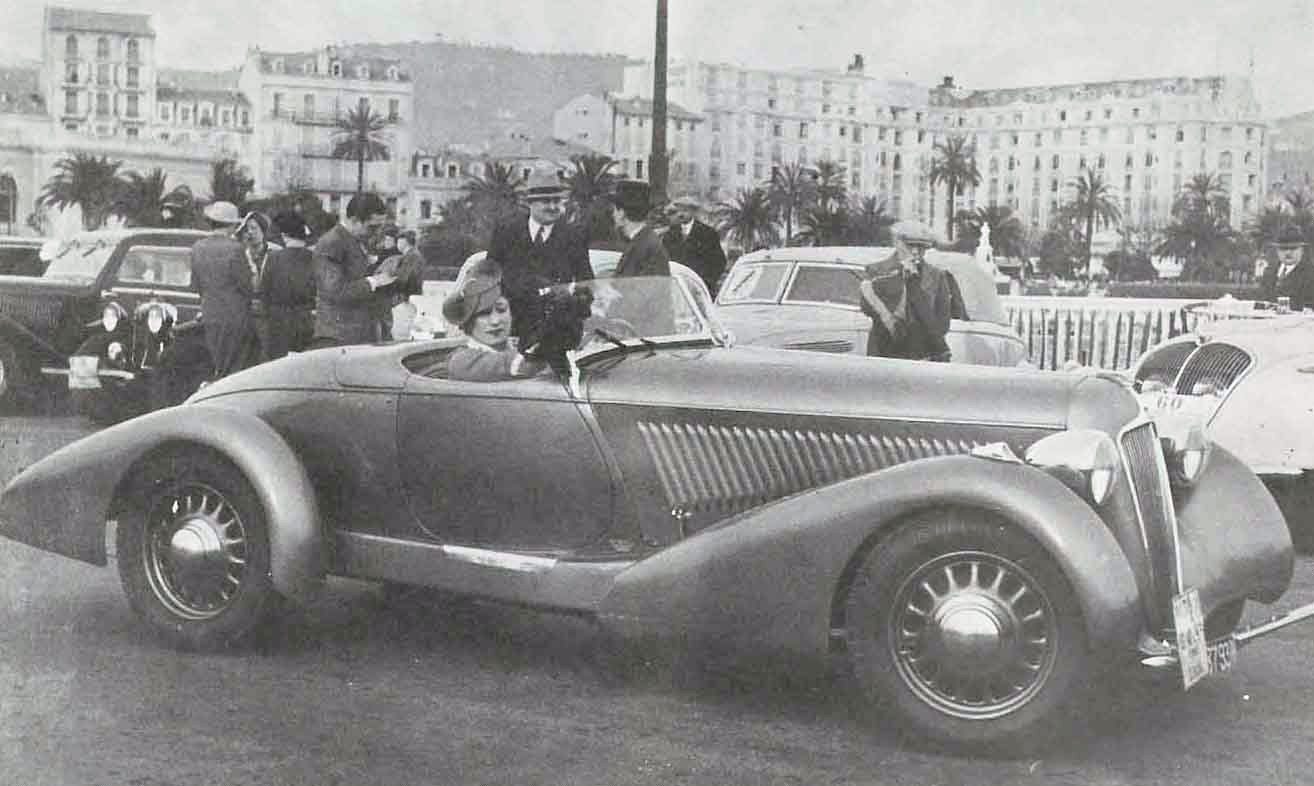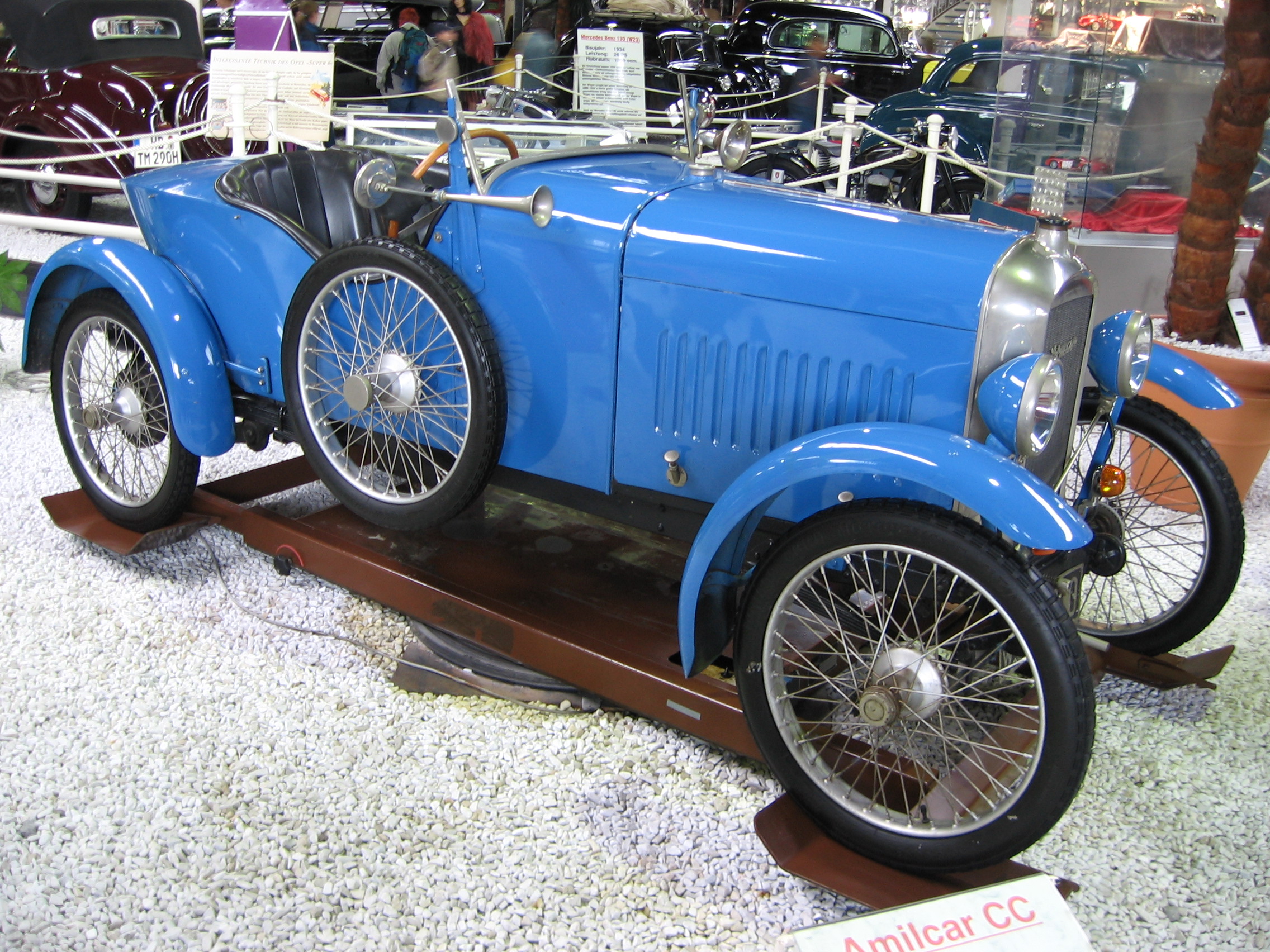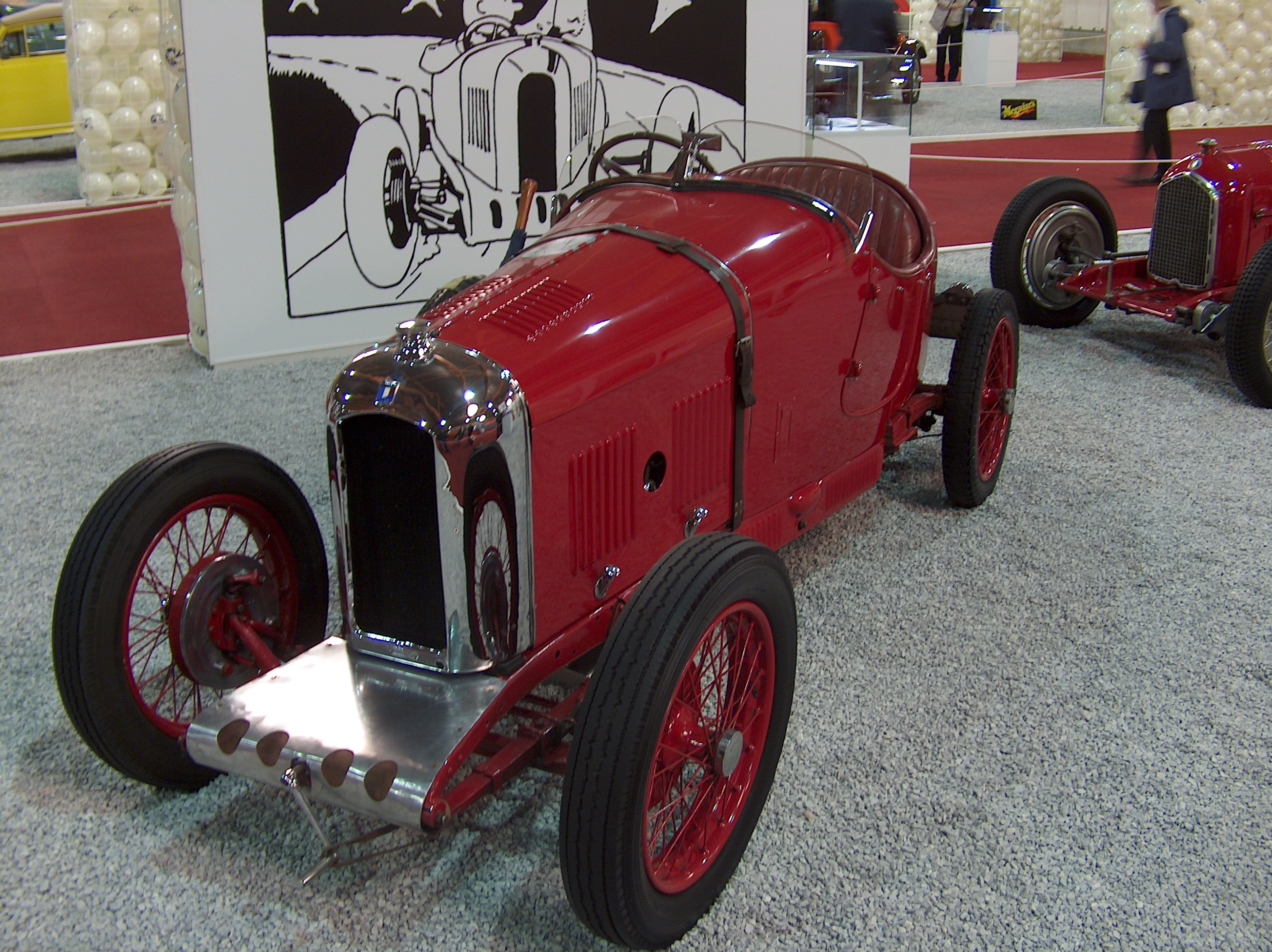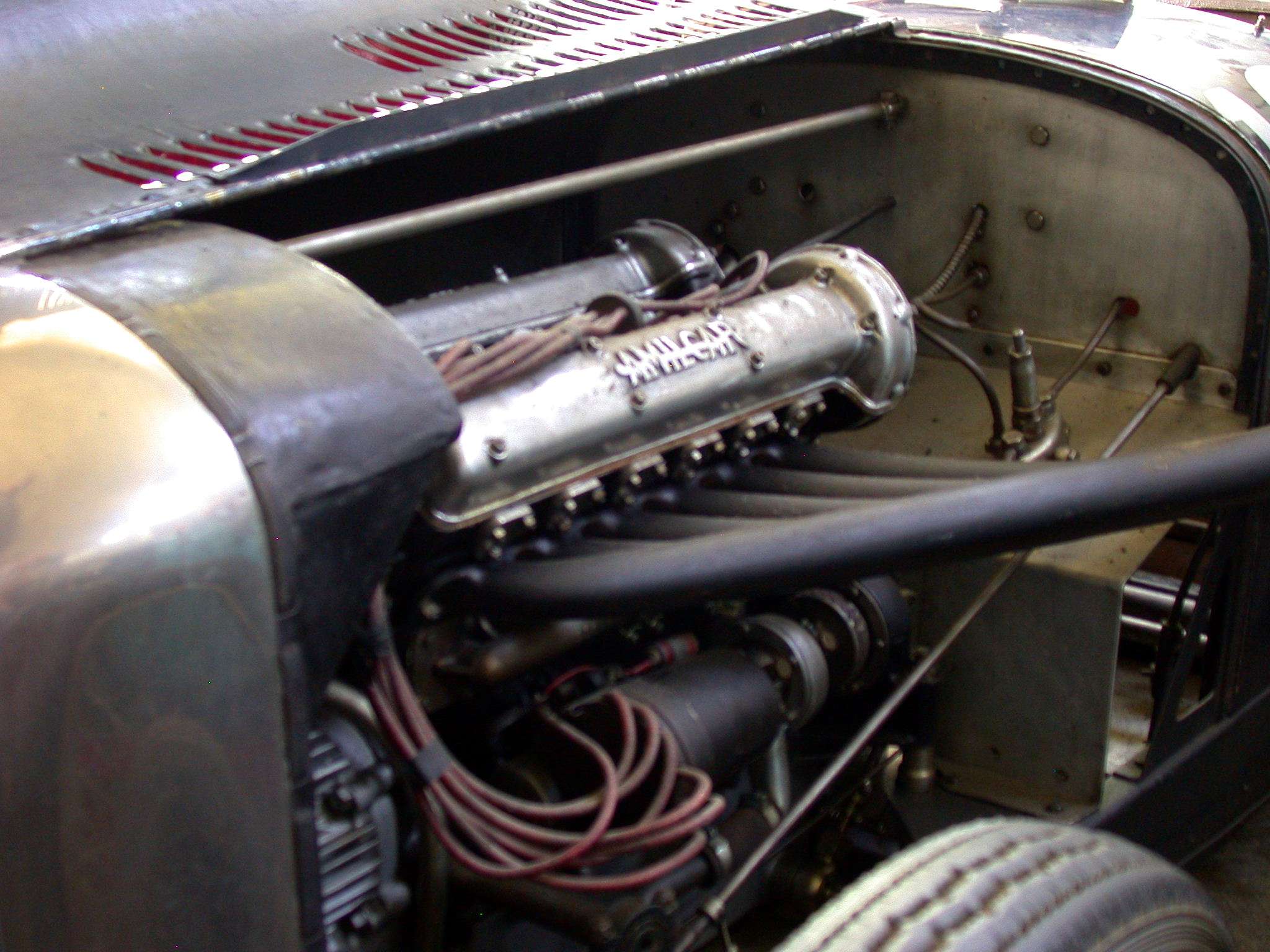Amilcar CS on:
[Wikipedia]
[Google]
[Amazon]
The Amilcar was a French




 From 1928 the company offered a light
From 1928 the company offered a light


 * 1922
* 1922
automobile
A car or automobile is a motor vehicle with Wheel, wheels. Most definitions of ''cars'' say that they run primarily on roads, Car seat, seat one to eight people, have four wheels, and mainly transport private transport#Personal transport, pe ...
manufactured from 1921 to 1940.
History
Foundation and location
Amilcar was founded in July 1921 by Joseph Lamy and Emile Akar. The name "Amilcar" was an imperfect anagram of the partners' names. The business was established at 34 rue du Chemin-Vert in the11th arrondissement of Paris
The 11th arrondissement of Paris (''XIe arrondissement'') is one of the 20 arrondissements of the capital city of France. In spoken French, this arrondissement is referred to as ''onzième''.
The arrondissement, called Popincourt, is situated on ...
. However, Amilcar quickly outgrew their restricted city-centre premises, and during the middle part of 1924 the company relocated to Saint-Denis on the northern edge of the city.
Early years
The original Amilcar was a smallcyclecar
A cyclecar was a type of small, lightweight and inexpensive car manufactured in Europe and the United States between 1910 and the early 1920s. The purpose of cyclecars was to fill a gap in the market between the motorcycle and the car. A key c ...
. Designed by Jules Salomon and Edmond Moyet
Edmond is a given name related to Edmund. Persons named Edmond include:
* Edmond Canaple (1797–1876), French politician
* Edmond Chehade (born 1993), Lebanese footballer
* Edmond Conn (1914–1998), American farmer, businessman, and politician ...
, it bore a striking resemblance to the pre-war Le Zèbre
Le Zèbre was a French make of car built between 1909 and 1931 in Puteaux, Seine.
The company was founded by Jules Salomon and Georges Richard with finance from Jacques Bizet, son of Georges Bizet the composer.
History
Julius Salomon was a ...
. The vehicle was first exhibited at the Paris Motor Show
The Paris Motor Show (french: Mondial de l'Automobile) is a biennial auto show in Paris. Held during October, it is one of the most important auto shows, often with many new production automobile and concept car debuts. The show presently take ...
in October 1921. The business was a leading beneficiary of a cyclecar boom, prompted by a government initiative which held out the promise of a reduced rate of annual car tax, fixed at 100 francs per year, for powered vehicles weighing no more than 350 kg (dry weight, without fuel or water or such extras as a spare tyre/wheel), providing seating for no more than two people and powered by an engine of not more than 1100cc. Once a vehicle exceeded these limits it ceased to be a cyclecar
A cyclecar was a type of small, lightweight and inexpensive car manufactured in Europe and the United States between 1910 and the early 1920s. The purpose of cyclecars was to fill a gap in the market between the motorcycle and the car. A key c ...
and was instead officially designated a voiturette
A voiturette is a miniature automobile.
History
''Voiturette'' was first registered by Léon Bollée in 1895 to name his new motor tricycle. The term became so popular in the early years of the motor industry that it was used by many makers t ...
.
The 4-cylinder 903cc Amilcar CC
The Amilcar CC was a light sporting car produced by the French Amilcar company from 1922 to 1925. It was powered by a 903 cc four-cylinder, side-valve
A flathead engine, also known as a sidevalve engine''American Rodder'', 6/94, pp ...
appeared in 1922, with a wheelbase of just . The CC subsequently became available in two further versions; the Amilcar C4
The Amilcar C4 is a light sporting car designed for road use made between 1922 and 1929 by the French Amilcar company. The C4 is one of three models introduced by Amilcar in 1922; the others were the CC and the CS, both of which were significantly ...
was a slightly longer sports car, while the CS, introduced in 1924, was a brisker sports version with the engine size increased to 1004 cc. The side-valve
A flathead engine, also known as a sidevalve engine''American Rodder'', 6/94, pp.45 & 93. or valve-in-block engine is an internal combustion engine with its poppet valves contained within the engine block, instead of in the cylinder head, as ...
engine had splash lubrication
Splash lubrication is a rudimentary form of lubrication found in early engines. Such engines could be external combustion engines (such as stationary steam engines), or internal combustion engines (such as petrol, diesel or paraffin engines). ...
, and came with a three-speed gearbox
Propulsion transmission is the mode of transmitting and controlling propulsion power of a machine. The term ''transmission'' properly refers to the whole drivetrain, including clutch, gearbox, prop shaft (for rear-wheel drive vehicles), differe ...
. The most famous model of all was the CGS "Grand Sport" of 1924; this featured a 1074 cc sv engine and four-wheel brakes. This in turn evolved into the more sporty CGSS "Grand Sport Surbaissé". These models were built under license in Germany
Germany,, officially the Federal Republic of Germany, is a country in Central Europe. It is the second most populous country in Europe after Russia, and the most populous member state of the European Union. Germany is situated betwe ...
(as the Pluto
Pluto (minor-planet designation: 134340 Pluto) is a dwarf planet in the Kuiper belt, a ring of trans-Neptunian object, bodies beyond the orbit of Neptune. It is the ninth-largest and tenth-most-massive known object to directly orbit the S ...
) and in Austria
Austria, , bar, Östareich officially the Republic of Austria, is a country in the southern part of Central Europe, lying in the Eastern Alps. It is a federation of nine states, one of which is the capital, Vienna, the most populous ...
(as the Grofri
Grofri was a brand of cars manufactured in Austria from 1921 to 1931 (1924 to 1927 under licence from the French Amilcar). SV 903 cc or 1074 cc four-cylinder engines were used in these sporting cyclecars. Racing versions were also mad ...
) and in Italy
Italy ( it, Italia ), officially the Italian Republic, ) or the Republic of Italy, is a country in Southern Europe. It is located in the middle of the Mediterranean Sea, and its territory largely coincides with the homonymous geographical re ...
(as Amilcar Italiana
Amilcar Italiana manufactured some French Amilcar automobile models in Italy from 1925 to 1928 under licence granted in 1925 to ''Compagnia Generale Automobili S.A''., of Rome to build cyclecars and in 1927 to ''Societa Industriale Lombardo Veneta ...
). The marque
A brand is a name, term, design, symbol or any other feature that distinguishes one seller's good or service from those of other sellers. Brands are used in business, marketing, and advertising for recognition and, importantly, to create an ...
entered automobile racing in the mid-1920s with a batch of supercharged double overhead camshaft
An overhead camshaft (OHC) engine is a piston engine where the camshaft is located in the cylinder head above the combustion chamber. This contrasts with earlier overhead valve engines (OHV), where the camshaft is located below the combustion cha ...
1100 cc six-cylinder cars that used a roller bearing
In mechanical engineering, a rolling-element bearing, also known as a rolling bearing, is a bearing which carries a load by placing rolling elements (such as balls or rollers) between two concentric, grooved rings called races. The relative m ...
crankshaft
A crankshaft is a mechanical component used in a piston engine to convert the reciprocating motion into rotational motion. The crankshaft is a rotating shaft containing one or more crankpins, that are driven by the pistons via the connecting ...
in the full racing version; these vehicles were also available with plain metal bearings, driven by famous race driver André Morel
André Paul Victor Morel (3 August 188417 July 1961) was a French racing driver.
Life and career
Morel was born on 3 August 1884 in Troyes, France. His father died when he was 11. His parents at that time expected him Morel to become a pries ...
. Financial challenges and the loss of independence
During the later 1920s the company expanded out of its original comfort zone of small economical cars: the results were mixed. The founders, Akar and Lamy, becoming less involved with the management of the business, were persuaded to conclude, in 1931, a business agreement with André Briès and Marcel Sée. Sée already knew Amilcar from the inside, having in January 1929 been dismissed from a position involved in management of the company. The early 1930s were years of economic crisis in France, and at the end of 1933 a company owned by Briès and Sée, called "Sofia" ''(Societe financiere pour l'automobile)'', took effective control of Amilcar, which nevertheless continued to function under its existing name.

 From 1928 the company offered a light
From 1928 the company offered a light touring car
Touring car and tourer are both terms for open cars (i.e. cars without a fixed roof).
"Touring car" is a style of open car built in the United States which seats four or more people. The style was popular from the early 1900s to the 1930s.
Th ...
; called the "M-Type", it featured a side-valve 1200 cc engine and was launched in 1928. It was followed by the M2, M3, and M4 versions. The M-type and its successors continued to be produced through the ensuing years of financial difficulty, offered for sale till 1935, though production probably ended in 1934. 1928 saw the introduction of a straight eight, which was built with an ohc
An overhead camshaft (OHC) engine is a piston engine where the camshaft is located in the cylinder head above the combustion chamber. This contrasts with earlier overhead valve engines (OHV), where the camshaft is located below the combustion cha ...
2.3-liter engine. This, the C8, proved unreliable, and soon disappeared with only a few hundred produced.
The acquisition of Amilcar by "Sofia" in 1933 did not in itself resolve the financial pressures. At the end of August 1934, still faced with disappointing sales volumes, the factory at Saint-Denis closed for the last time, as management struggled to save the business. A new model was clearly needed and in October 1934 the company presented the new 2-litre (12CV) Amilcar Pégase powered by a 4-cylinder ohv 2150 cc engine supplied by Delahaye
Delahaye was a family-owned automobile manufacturing company, founded by Émile Delahaye in 1894 in Tours, France. Manufacturing was moved to Paris following incorporation with two unrelated brothers-in-law as equal partners in 1898. The compa ...
. There was also a competition version of the Pégase with a 2490 cc (14CV) engine. By October 1935, the smaller Amilcar models having been discontinued, the Pégase, produced under much reduced circumstances at premises in Boulogne-Billancourt
Boulogne-Billancourt (; often colloquially called simply Boulogne, until 1924 Boulogne-sur-Seine, ) is a wealthy and prestigious Communes of France, commune in the Parisian area, located from its Kilometre zero, centre. It is a Subprefectures in ...
, was the only Amilcar model listed.
Another change of control
Recognising the impossibility of sustaining the Amilcar business with a single model, but unsure of how to finance or produce another, management turned to Hotchkiss which had recently taken a large shareholding in "Sofia", Amilcar's holding company. Hotchkiss had problems of their own at this time, their hugely lucrative armaments business having recently been nationalised by the left-wing Blumgovernment
A government is the system or group of people governing an organized community, generally a state.
In the case of its broad associative definition, government normally consists of legislature, executive, and judiciary. Government is a ...
, while their middle-market automobile business was under increasing pressure as volume automakers became more effective in pushing their own ranges upmarket with models such as the Peugeot 402
The Peugeot 402 is a large family car produced in Sochaux, France from 1935 to 1942 by Peugeot. It was unveiled at the Paris Motor Show in 1935, replacing the Peugeot 401.
The Peugeot 403, introduced approximately thirteen years after the d ...
and the Citroën Traction. Henry Mann Ainsworth, the Automobile Director at Hotchkiss, had already been presented, by the high-profile engineer Jean-Albert Grégoire
Jean-Albert Grégoire (7 July 1899 in Paris – 19 August 1992) was one of the great pioneers of the front-wheel-drive car. He contributed to the development of front-wheel-drive vehicles in two ways. The first way was in developing and promoting ...
, with a promising prototype (at that stage based on an Adler chassis) for a lightweight 7CV category, small, technically advanced family car. It was agreed that the automotive businesses of Hotchkiss and Amilcar would be merged and the prototype would be developed into an Amilcar model that would become the Amilcar Compound
The Amilcar Compound is a front wheel drive car with unitary body/chassis introduced shortly before World War II by Amilcar after their takeover by Hotchkiss. It was designed by the famous French engineer Jean-Albert Grégoire.
Slow start
The ...
.
The front-wheel-drive
Front-wheel drive (FWD) is a form of engine and transmission layout used in motor vehicles, where the engine drives the front wheels only. Most modern front-wheel drive vehicles feature a transverse engine, rather than the conventional lon ...
Amilcar Compound
The Amilcar Compound is a front wheel drive car with unitary body/chassis introduced shortly before World War II by Amilcar after their takeover by Hotchkiss. It was designed by the famous French engineer Jean-Albert Grégoire.
Slow start
The ...
was technically advanced in design for its era, featuring a monocoque
Monocoque ( ), also called structural skin, is a structural system in which loads are supported by an object's external skin, in a manner similar to an egg shell. The word ''monocoque'' is a French term for "single shell".
First used for boats, ...
frame made of a light alloy
An alloy is a mixture of chemical elements of which at least one is a metal. Unlike chemical compounds with metallic bases, an alloy will retain all the properties of a metal in the resulting material, such as electrical conductivity, ductility, ...
and independent suspension
Independent suspension is any automobile suspension system that allows each wheel on the same axle to move vertically (i.e. reacting to a bump on the road) independently of the others. This is contrasted with a beam axle or deDion axle system in w ...
all around. Its engine at launch was a four-cylinder side-valve unit of 1185 cc. The Compound's ambitious use of aluminium in its body structure, and its front-wheel-drive configuration, meant that production got off to a slow start, and although it was launched in October 1937, 584 of the 681 passenger cars produced date only from 1939, with a further 64 produced during the early months of 1940, before the German invasion German invasion may refer to:
Pre-1900s
* German invasion of Hungary (1063)
World War I
* German invasion of Belgium (1914)
* German invasion of Luxembourg (1914)
World War II
* Invasion of Poland
* German invasion of Belgium (1940)
* G ...
of May/June 1940 effectively ended civilian automobile production in the Paris region. Production prototypes for an upgraded Compound with an OHV 1340 cc engine were running by the summer of 1939, and this version was scheduled for an October launch at the 1939 Paris Motor Show, but the motor show was cancelled and the launch was postponed – as matters turned out indefinitely – due to the intervention of war
War is an intense armed conflict between states, governments, societies, or paramilitary groups such as mercenaries, insurgents, and militias. It is generally characterized by extreme violence, destruction, and mortality, using regular o ...
which France (and Britain) declared against Germany
Germany,, officially the Federal Republic of Germany, is a country in Central Europe. It is the second most populous country in Europe after Russia, and the most populous member state of the European Union. Germany is situated betwe ...
in early September 1939.
Production of the Amilcar was not resumed after World War II
World War II or the Second World War, often abbreviated as WWII or WW2, was a world war that lasted from 1939 to 1945. It involved the vast majority of the world's countries—including all of the great powers—forming two opposin ...
.
List of important Amilcar models


Amilcar CC
The Amilcar CC was a light sporting car produced by the French Amilcar company from 1922 to 1925. It was powered by a 903 cc four-cylinder, side-valve
A flathead engine, also known as a sidevalve engine''American Rodder'', 6/94, pp ...
* 1922 Amilcar C4
The Amilcar C4 is a light sporting car designed for road use made between 1922 and 1929 by the French Amilcar company. The C4 is one of three models introduced by Amilcar in 1922; the others were the CC and the CS, both of which were significantly ...
* 1923 Amilcar E
* 1924 Amilcar CGS
The Amilcar CGS Grand Sport was a popular inter war lightweight sports car, manufactured by the French automobile maker Amilcar between 1923 and 1925. A response to the successful Salmson VAL3 series, the "C Grand Sport" was developed from the A ...
* 1925 Amilcar CS
* 1926 Amilcar CGSS
The Amilcar CGSS (or CGSs) was a sporting car made by the Amilcar company from 1926 to 1929. The second ''S'' stood for surbaisse and the car was a lowered version of the CGS.
Isadora Duncan, the American dancer, died in a CGSS when her silk sca ...
* 1927 Amilcar C6
* 1928 Amilcar M
* 1929 Amilcar C8
The Amilcar C8 is an eight-cylinder car in the 13CV car tax band made between 1929 and 1931 (and still listed in 1932) by the French Amilcar company. The car was normally sold in “bare chassis” form, giving rise to a wide range of possible ...
* 1930 Amilcar C8 bis
* 1930 Amilcar CS8
* 1934 Amilcar Pégase
* 1938 Amilcar Compound
The Amilcar Compound is a front wheel drive car with unitary body/chassis introduced shortly before World War II by Amilcar after their takeover by Hotchkiss. It was designed by the famous French engineer Jean-Albert Grégoire.
Slow start
The ...
aka B38, sedans being in regular manufacture from 1938 to 1940
Isadora Duncan
Isadora Duncan
Angela Isadora Duncan (May 26, 1877 or May 27, 1878 – September 14, 1927) was an American dancer and choreographer, who was a pioneer of modern contemporary dance, who performed to great acclaim throughout Europe and the US. Born and raised in ...
's fondness for flowing scarves was the cause of her death in 1927 in an automobile accident in Nice, France
Nice ( , ; Niçard dialect, Niçard: , classical norm, or , nonstandard, ; it, Nizza ; lij, Nissa; grc, Νίκαια; la, Nicaea) is the prefecture of the Alpes-Maritimes departments of France, department in France. The Nice urban unit, agg ...
. The famed American dancer was the passenger in an Amilcar CGSS when her silk scarf became entangled around the open-spoked wheels and rear axle, breaking her neck.Craine, Debra and Mackrell, Judith 2000. ''The Oxford dictionary of dance''. Oxford University Press, Oxford. p152
References
External links
{{Commons category-inline, Amilcar * http://vea.qc.ca/vea/marques1/amilcar.htm * http://historic-motorsport.de/TEAM_BURO/VITA_PRIVAT/MOTORSPORT/AMILCAR/amilcar.html Car brands French brands Cyclecars Vintage vehicles Defunct motor vehicle manufacturers of France Vehicle manufacturing companies established in 1921